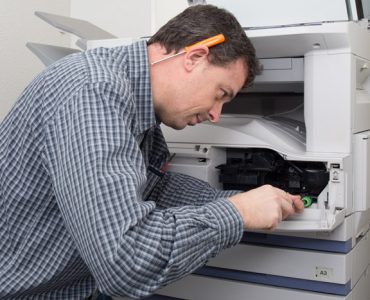Companies must adapt to new challenges as electronics is increasingly embedded in mission-critical functions, from planes to medical devices, and energy grids. Failure of the systems could be catastrophic.
Harsh environments include hot, humid conditions and damaging magnetic and electric fields. The environment in the environment in which a product will be used affects its specifications and must be taken into account when designing the product.
Challenges
Electronics, also known as electronic waste or “e-waste” is often ignored despite the fact they have the potential to enhance productivity and improve the quality of life for humans. Electronic trash (e-waste) includes hazardous materials, including precious metals like palladium, gold and Cadmium.
Recovering the value in industrial electronics equipment (EEE) is an essential element in decreasing the generation of electronic waste and achieving sustainable resource management practices. In contrast to retrofitting or refurbishing, which focus on upgrading old sua chua servo yaskawa devices to the latest technology Remanufacturing is greater strategy, which includes disassembling, cleaning, repairing, and replacing components in order to create a product that has its original capabilities.
Remanufacturing is a viable alternative to disposal and recycling, we conducted an online survey with GCC-based industrial electronics repair technicians and discovered the top causes of PCB malfunction and other defects. The study gives technicians important information to enhance repair procedures and reuse EEE for building the foundation for a sustainable future.
Innovative Solutions
It’s not true that “if the device is broken, don’t repair it”, when it comes to public transportation devices mining equipment, mining machines, and other electronic devices used in industrial settings with a high risk. Many times, one single defective printed circuit board (PCB) can lead to an entire device to fail which can result in substantial expenses for operation and the urgent replacement.
The Right to Repair Movement is growing in popularity as a method of ensuring that you prolong the lifespan of electronic devices and build sustainable business models. But, a variety of factors such as product design and intellectual property rights, as well as consumer laws and taxation are hindering the process.
The ability to innovate and think outside the box is crucial for technicians who work in challenging conditions. The candidates are usually asked during an interview to relate a story about a time that they were required to come up with a new idea to accomplish a challenging repair. The recruiters can assess the skills of a technician in solving problems and to understand how they cope when faced with challenges that are unexpected in a fast-paced environment. Technicians’ ability to discover rapid solutions demonstrates their imagination and devotion to high-quality.
Repairing Electronics at Extreme Humidity and Temperatures
To ensure the reliability of electronics to last the intended time, manufacturers must subject them to a rigorous test. Tests may include extreme temperature and humidity, or even vibrating.
Electronic components can be damaged when temperatures are high. Circuit boards are particularly susceptible to this because the solder used to connect components can melt. If this occurs, it can cause short circuits or even the system to fail.
Humidity can also cause problems in electrical parts. The presence of moisture can lead to corrosion, leakage of electricity and material degradation. This can be caused by the moisture penetration of packing materials, printed circuit boards and other surfaces of the components.
The result is delays in the transmission of signals, as the electrons are forced to travel through this circuit at a slow speed. Sometimes, the lag can be so great that the entire circuit can fail to function. It can pose a serious risk in machinery in the industrial sector.




